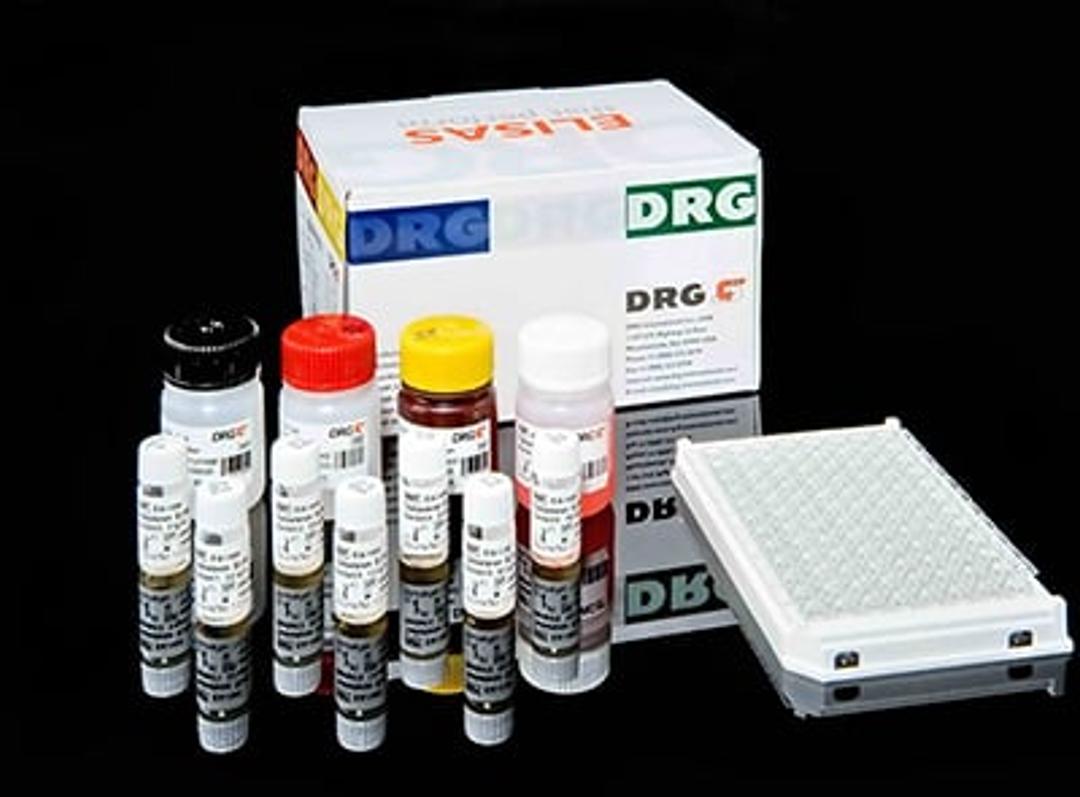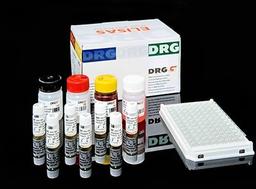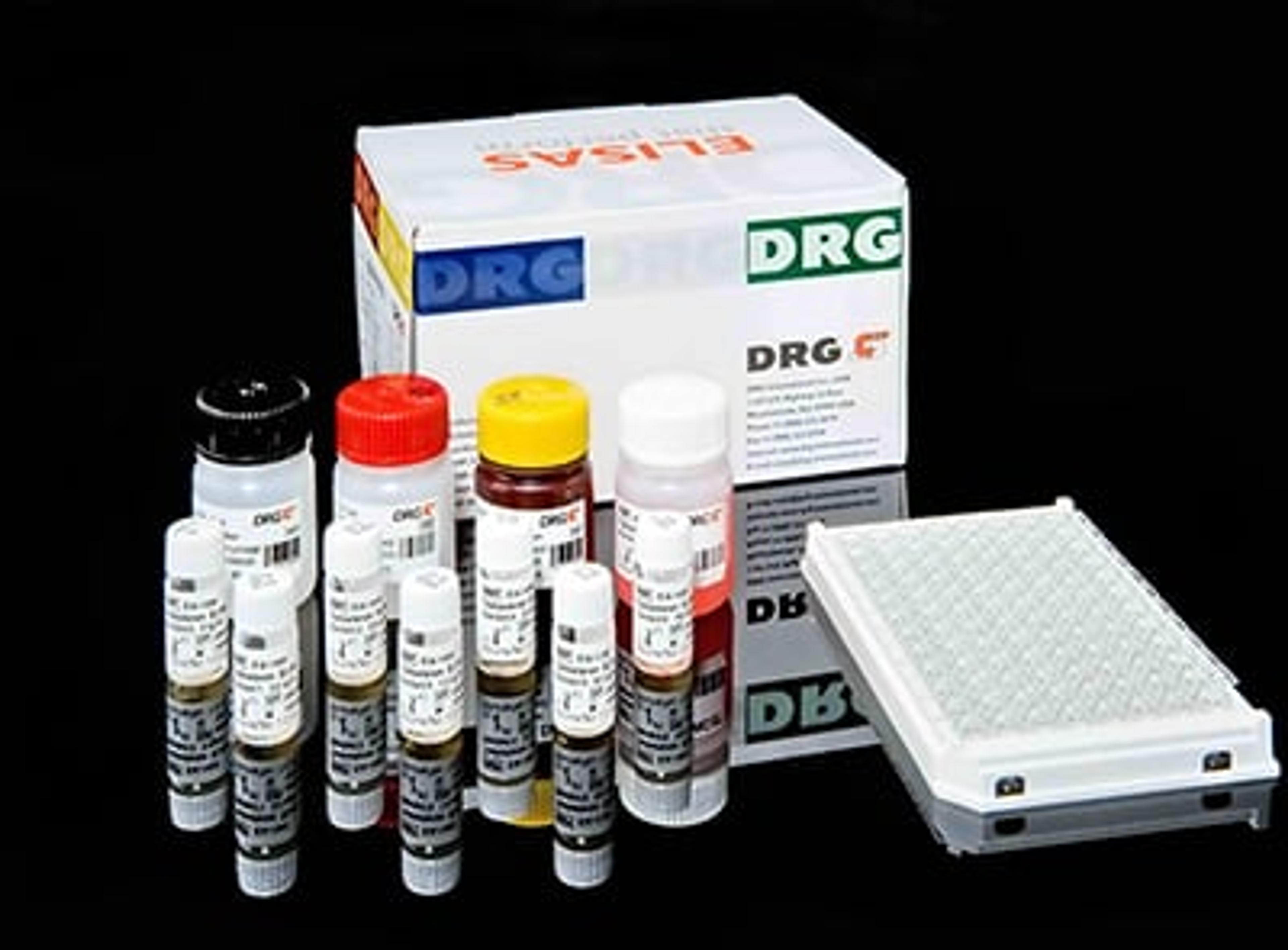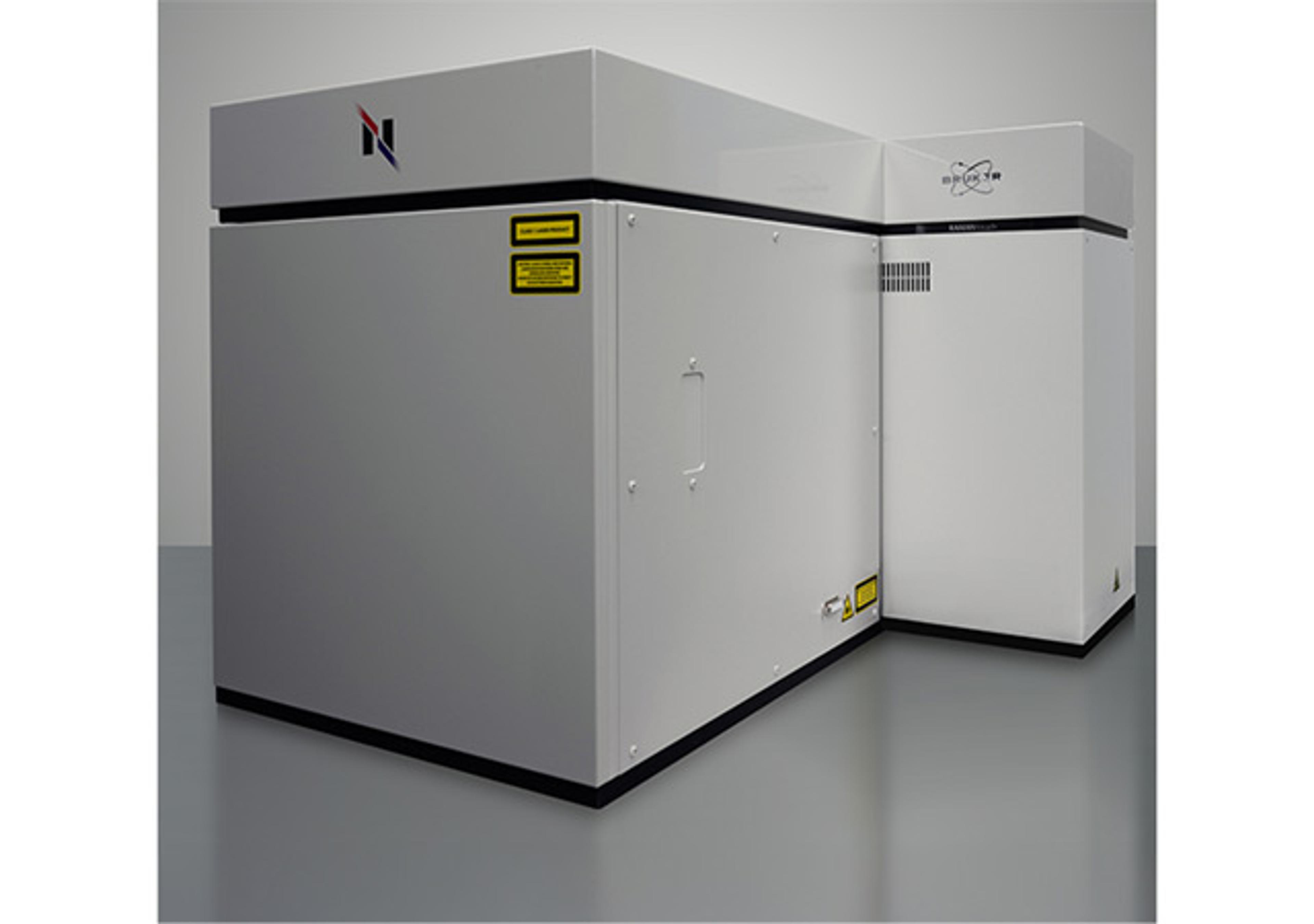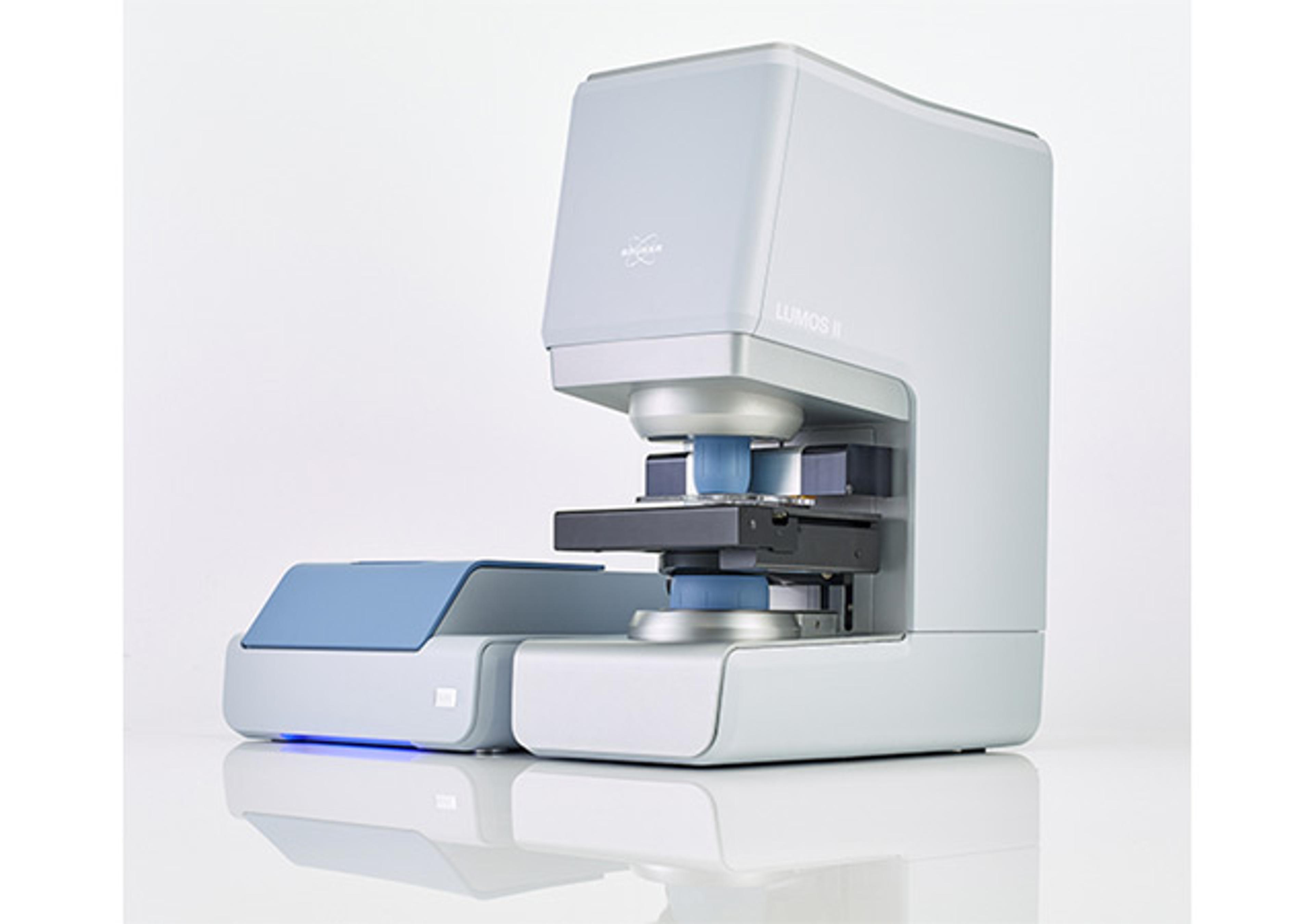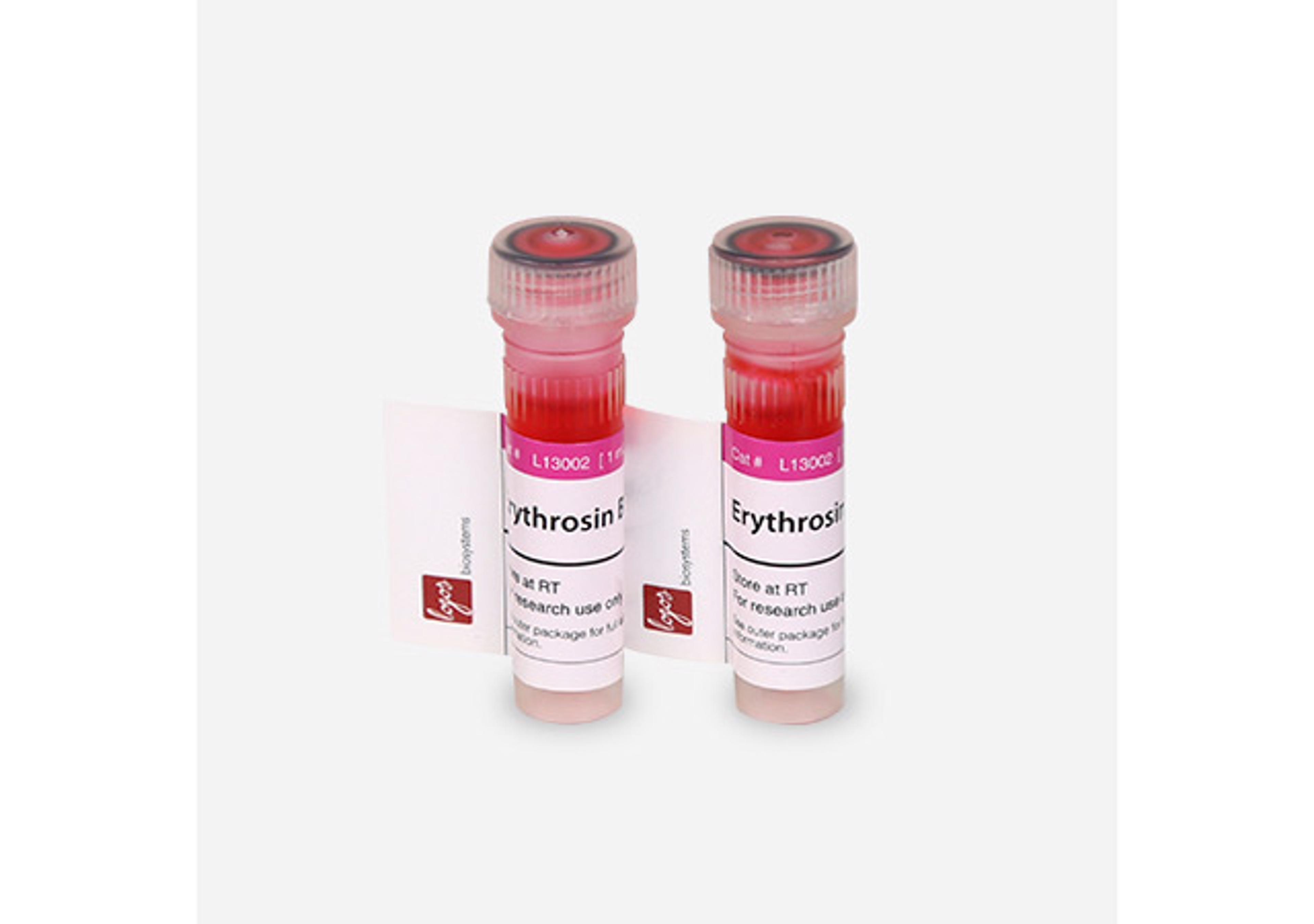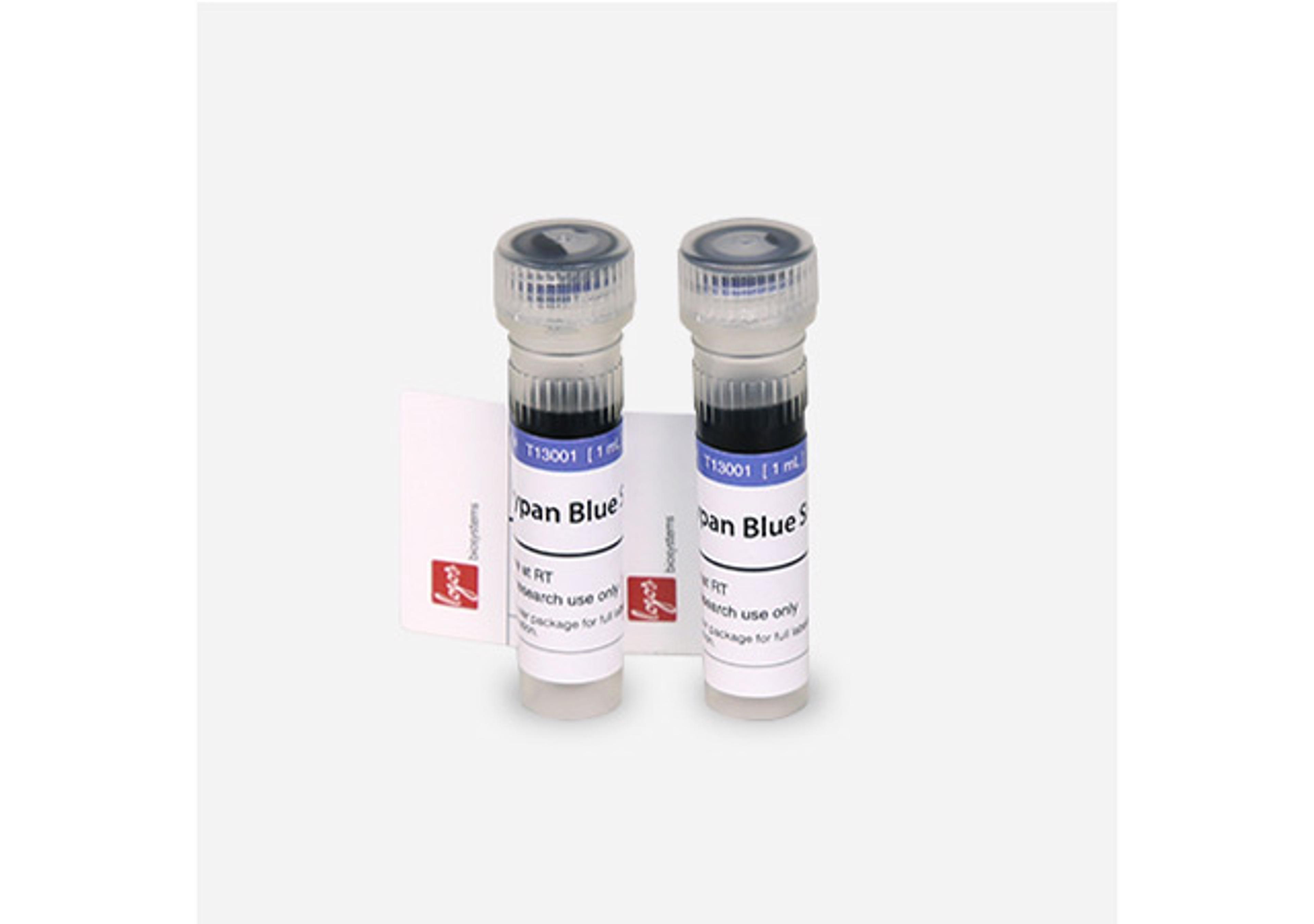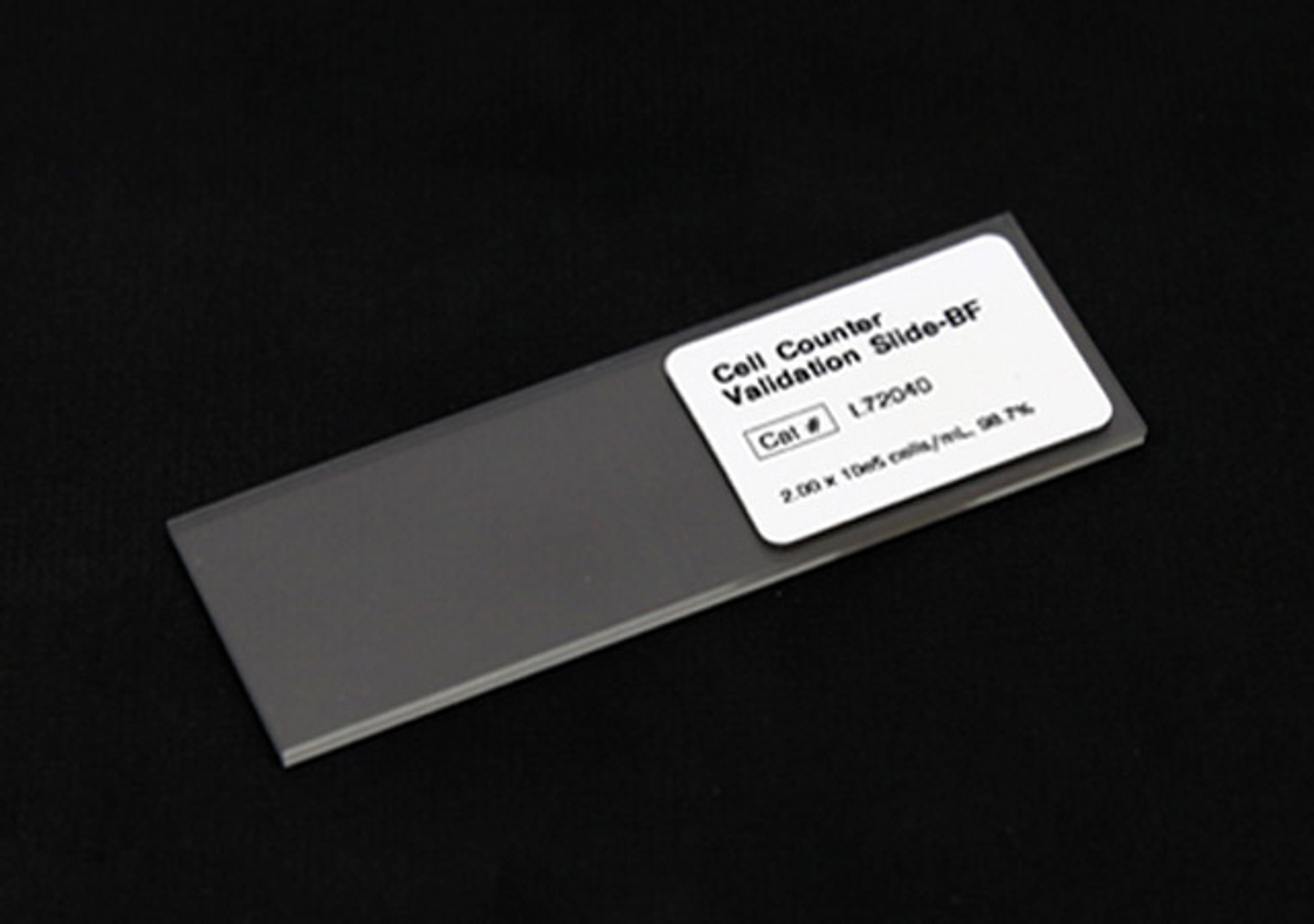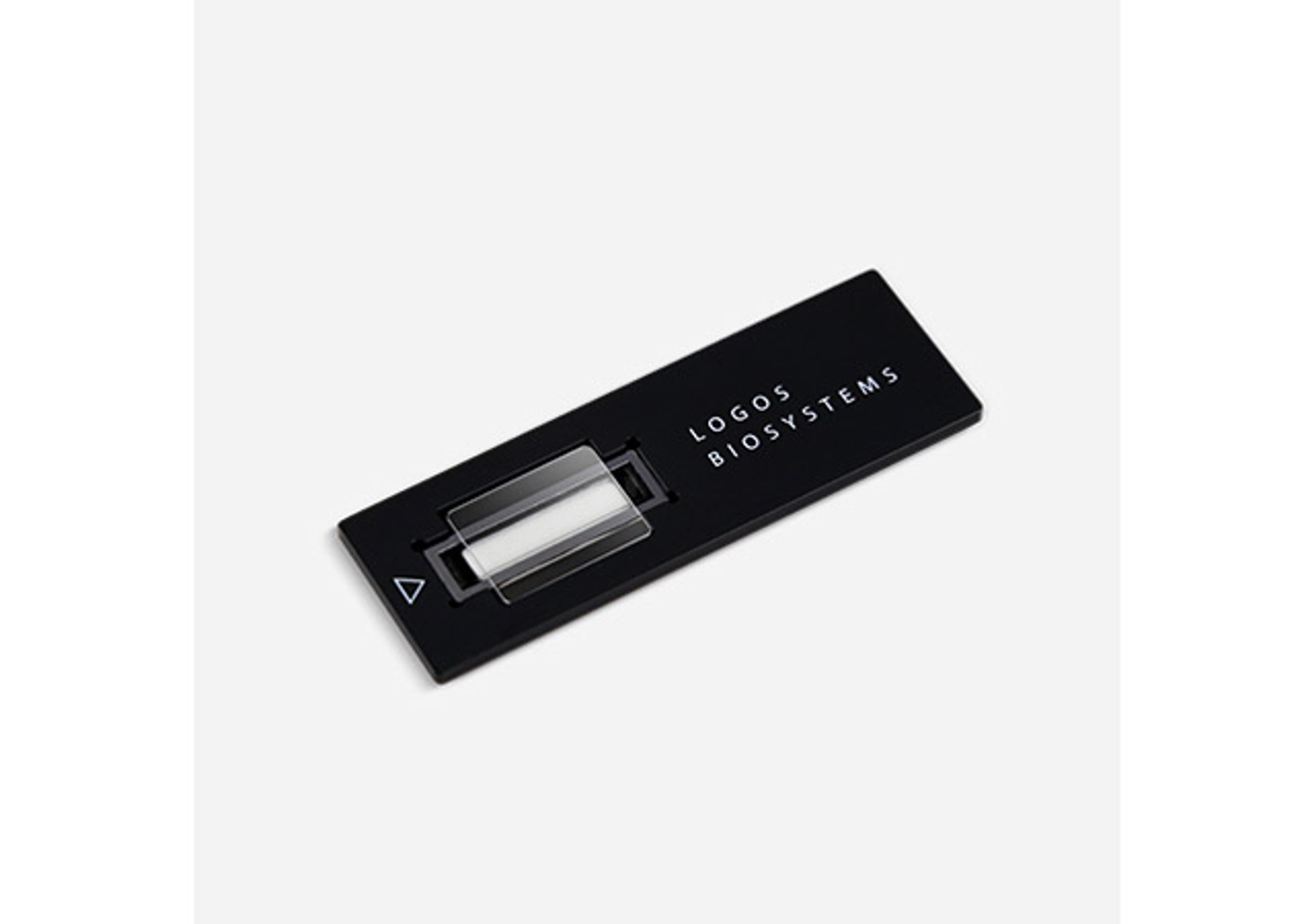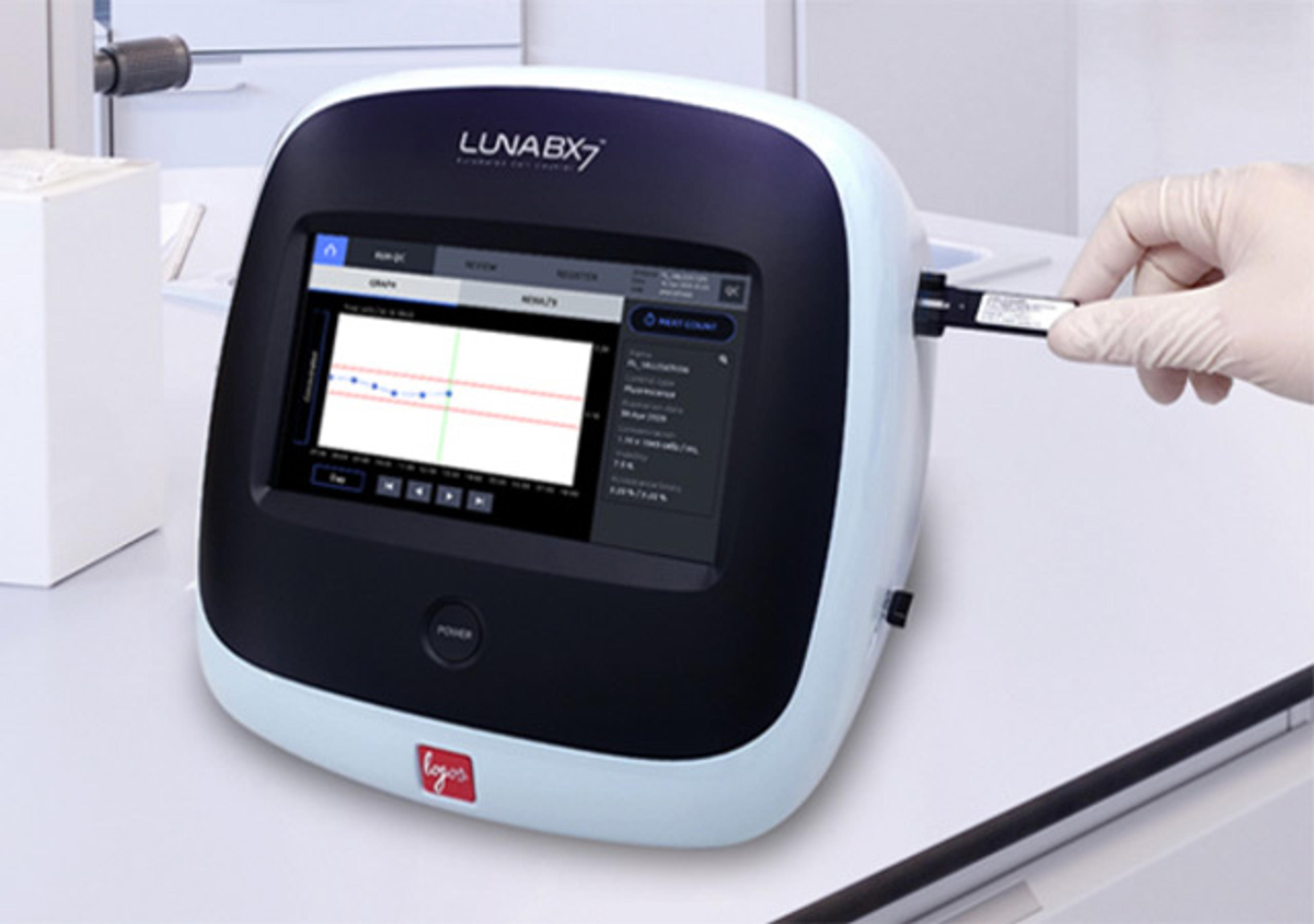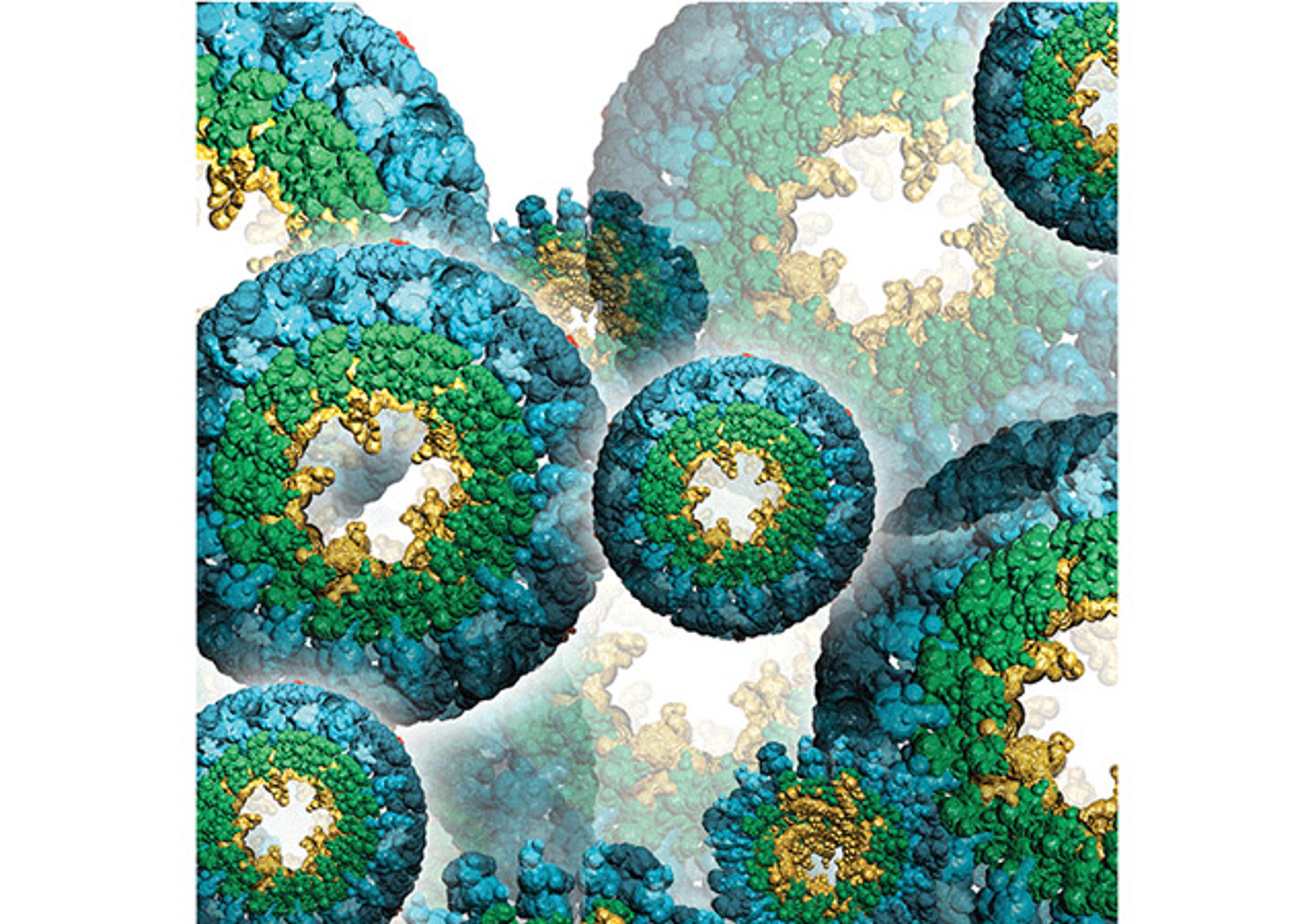C-Peptide ELISA
High Quality Assays with Reproducible and Reliable Results

The supplier does not provide quotations for this product through SelectScience. You can search for similar products in our Product Directory.
An enzyme immunoassay for the quantitative measurement of c-peptide in serum, plasma, and urine. Insulin is synthesized in the pancreatic beta cells as a 6000 MW component of an 86 amino acid polypeptide called proinsulin. Proinsulin is subsequently cleaved enzymatically, releasing insulin into the circulation along with a residual 3000 MW fragment called connection ("C") peptide, so-named because it connects A and B chains of insulin within the proinsulin molecule. Human C-Peptide, a 31 amino acid residue peptide, has a molecular mass of approximately 3000 daltons. C-Peptide has no metabolic function. However, since C-Peptide and insulin are secreted in equimolar amounts, the immunoassay of C-Peptide permits the quantitation of insulin secretion. This is the reason for the clinical interest of serum and urinary determinations of C-Peptide. Moreover, C-Peptide measurement has several advantages over immunoassays of insulin. The half-life of C-Peptide in the circulation is between two and five times longer than that of insulin. Therefore, C-Peptide levels are a more stable indicator of insulin secretion than the more rapidly changing levels of insulin. A very clear practical advantage of C-Peptide measurement arising from its relative metabolic inertness as compared to insulin is that C-Peptide levels in peripheral venous blood are about 5-6 times greater than insulin levels. Also, relative to an insulin assay, the C-Peptide assay's advantage is its ability to distinguish endogenous from injected insulin. Thus, low C-Peptide levels are to be expected when insulin is diminished (as in insulin-dependent diabetes) or suppressed (as a normal response to exogenous insulin), whereas elevated C-Peptide levels may result from the increased Beta-cell activity observed in insulinomas. C-Peptide has also been measured as an additional means for evaluating glucose tolerance and glibenclamide glucose tests. C-Peptide levels are in many ways a better measurement of endogenous insulin secretion than peripheral insulin levels. C-Peptide may be measured in either blood or urine. With improved sensitive C-Peptide immunoassays, it is now possible to measure C-Peptide values at extremely low levels. The clinical indications for C-Peptide measurement include diagnosis of insulinoma and differentation from factitious hypoglycemia, follow-up of pancreatectomy, and evaluation of viability of islet cell transplants. Recently, these indications have been dramatically expanded to permit evaluation of insulin dependence in maturity onset diabetes mellitus.The DRG C-Peptide ELISA Kit is a solid phase enzyme-linked immunosorbent assay (ELISA), based on the principle of competitive binding. The microtiter wells are coated with anti-mouse antibody, which binds a monoclonal antibody directed towards a unique antigenic site on the C-Peptide molecule. Endogenous C-Peptide of a sample competes with a C-Peptide-horseradish peroxidase conjugate for binding to the coated antibody. After incubation the unbound conjugate is washed off. The amount of bound peroxidase conjugate is inversely proportional to the concentration of C-Peptide in the sample. After addition of the substrate solution, the intensity of color developed is inversely proportional to the concentration of C-Peptide in the sample.

